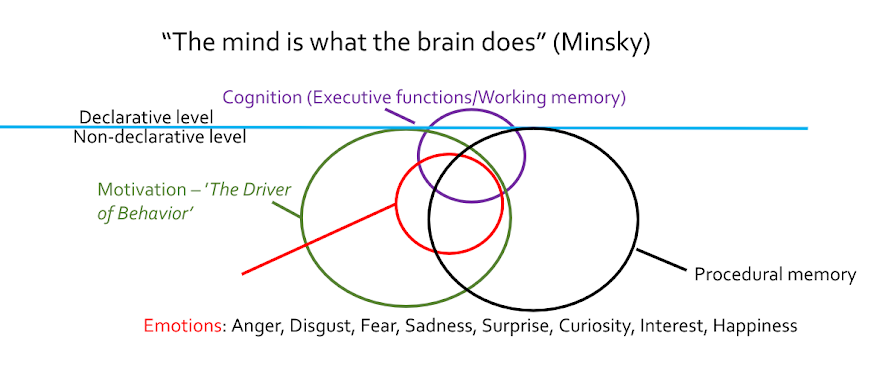Please support the blog via Swish (Sweden), MobilePay (Finland) or Wise.
Children’s right to food education – tools for a more sustainable future was a one-day workshop arrangement in cooperation between Sapere , Department of Food and Nutrition at the University of Helsingfors, and Finnish Society for Food Education Rukku, financed by EIT Food, a branch of the European Institute of Innovation and Technology (EIT), which is a body of European Union.
Länk till källan. My summary: (Österberg, 2020).
Despite the fact that global poverty has been in decline for decades (Our world in data, 2019), the opposite holds true for malnutrition and its consequences: metabolic syndrome, including obesity, TD2, and Non-Alcoholic Fatty Liver Disease (NAFLD), a well as cognitive impairment. These welfare diseases are said to be caused by increasing consumption of sugar and ultra-processed food (Hall et al. 2019; Lustig, 2017; Teicholz, 2014; Yudkin, 1972). And a Finnish food questionnaire-based survey says this:
“High availability of fruits and vegetables in the home did not seem to protect the children from the effect of the sugar-enriched foods” (Vepsäläinen, Korkalo, Mikkilä, Lehto, Ray, Nissinen, Skaffari, Fogelholm, Koivusilta, Roos and Erkkola, 2017, p. 1237).In Finland:
- ~100 000 Finnish children (~10 %) still live in poverty. The link is from 2016, but the person who told me this referred to a media report from October, 2020.
- schools serve low-fat milk, and at least once a week they serve vegetable alternatives to real food. The afternoon meal is occasionally apple cake with vanilla sauce or chocolate mousse.
- according to researchers at the Finnish Folkhälsan Research Center and Helsingfors University, child obesity in Finland is soaring (Roos, November 5, 2020). Obesity is associated with NAFLD (Sahota et al. 2020), which is associated with all other Welfare diseases mentioned above.
The big question is: What is sustainable food and What food are children entitled to?
~3.5 4 million years before the present, our ancestors added bone marrow, rich in micronutrients like Docosahexaenoic fatty acids (DHA), zinc, heme-iron, vitamin K2 to mention a few, to their diet (Mann, 2018; McPherron et al. 2010; Thompson et al. 2019). This led to a reduction of their guts and an expansion of their brains, from the occipital lobe and forward, enabling executive functions and prospective thinking (Aiello och Dunbar, 1993; Aiello och Wheeler, 1995; Ardila, 2008; Barkley, 2001; Coolidge and Wynn, 2018; Pontzer et al. 2016; Pringle, 2016).
Consequently, nutrition science demonstrates that children still need animal source food to sustain physical and mental development (Adesogan et al. 2019; Balehegn et al. 2019; Headey et al. 2018; Ianotti, 2018; Lutter et al. 2018). This is of course also true for adults (Astrup et al. 2020; Dehghan et al. 2017, 2018; Han et al. 2019; Itkonen et al. 2020; Johnston et al. 2019; Siri-Tarino et al. 2010; Shams-White et al. 2018; Teicholz, 2014; Tong et al. 2020; Ylilauri et al. 2019; Zeraatkar et al. 2019).
The main obstacle is governmental dietary guidelines which warn people from eating the food that expanded our brains and enabled the executive functions and prospective thinking that made global progress possible. A second obstacle is that mother's typically control the home during the time span when children's emotional and social and cognitive development is very intense. Women worry more about the future (Weisberg et al. 2011) and may therefore be more sensitive to false information. This includes early olfactory perceptions of food that will form memory traces that later in life will guide decision-making processes concerning dietary choice. Therefore, it's important that politicians and other decision-makers update the dietary guidelines in accordance with nutrition science to influence mother's and schools personnel to expose children's sensory systems to the food that opened the door for our species and which are crucial to sustaining physical and mental health among children.
This post was originally published on the University of Helsingfors for my research project (2018-2021).
Please support the blog via Swish (Sverige), MobilePay (Finland) or Wise.
More about my expertise:
Executive coaching for CEOs/managers and workshops to facilitate Organizational Performance, Learning, and Creativity for Problem Solving | Lectures: Nutrition for physical and mental health | Course/lecture: children's emotional and social adjustment and cognitive development | Language training - Swedish | Academy Competency | CV | Teaching skills and experience | Summary of research project | Instagram | Linkedin | YouTube-channel | TikTok | Twitter


No comments:
Post a Comment